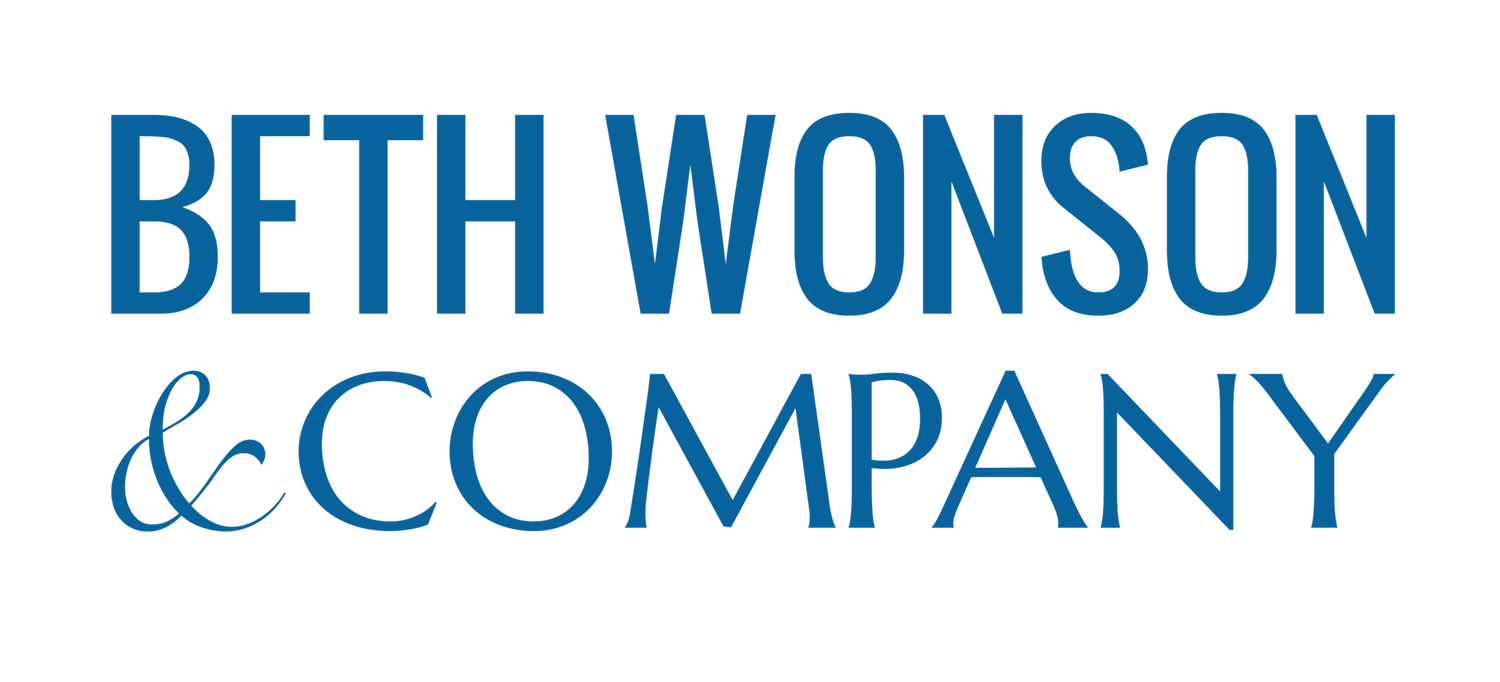Get People To Speak Up And Contribute in Meetings
An area of concern for many people who facilitate meetings is how to get people to speak up and contribute. Nothing makes a meeting feel more like a waste of time or boring than when only one or two people carry the meeting and the rest sit silently.
My top tip for getting people to speak up in meetings is to increase your skillfulness as a facilitator who builds an emotionally safe and trustworthy environment for engagement.
There are 5 important components that assist team members to participate in group dialogue.
These are:
Setting the Stage
Creating an Emotionally Safe Environment
Building Trustworthiness
Processing Time
Reinforcing Positive Behaviors
Meeting leaders who practice these strategies will be leading meetings where engagement is high.
Setting the Stage
I begin each meeting by talking about how we each have the ability to choose how we show up. We can show up in our Comfort Zone, our Stretch Zone, or our Panic Zone.
However, the only zone from which we are able to build new neural pathways, process new information, and develop new behaviors is the Stretch Zone. You know you are in your Stretch Zone when you experience a little discomfort but not panic.
I then invite each person to consider how they will show up in their Stretch Zone. I give these examples:
If you are someone who generally speaks a great deal or volunteers first, you may want to try showing up in a bit more of a listening and observing mode. If you are someone who rarely volunteers or speaks in meetings, you may want to stretch yourself by speaking up or volunteering, even when it's uncomfortable.
I let people know that the most interesting part of the Stretch Zone is that no one but you can tell which zone you are in, and if you are stretching yourself or not. This is a chance to empower yourself and experience what self-management feels like.
Whether your role is internal or external to the team, it is critical that when facilitating a meeting you become skillful at observing body language as well as listening to verbal cues.
Many times, people who are invited to contribute at just the right time will jump in. If you see someone shift in their seat, turn on their mic, change their facial expression or make eye contact, this means they are open to an invitation to speak. A simple, non-threatening invitation such as, “James, do have something to share?” allows the person to step forward with ease or bow out with grace.
Creating an Emotionally Save Environment
It is critical to create an emotionally safe environment for individuals to contribute. That is why I also pay attention to who hasn’t yet spoken and try to engage them, asking for a contribution in a very low risk way. For example: “Sylvia, what are your thoughts on this?”
When someone does dominate the conversation, I help them wrap up with ease and grace. For example, “Robert, thanks for all your input. Let’s hear from someone who hasn’t spoken yet. Sara, what are you thoughts on this topic.”
Building Trustworthiness
When people speak up they are trusting that you as the leader or facilitator will take care of them. If they aren’t sure that they can trust you with their ego, pride, or reputation when they take the risk to speak, they will not take the chance.
Trust is built one conversation at a time and one experience at a time. And it is destroyed in the same way.
How you shut someone down is essential to building a sense of trustworthiness in the team. If you are abrupt or somehow shame someone, then everyone else is going to be hesitant to speak up for fear that they will also be shamed. It is a very risky game to be sarcastic, use humor, or in any other way put someone who does contribute in an uncomfortable position.
Any of these negative communication strategies will erode trust. And while everyone may laugh at the “joke”, inside they are feeling empathy for that person and concern that they may be your next “victim”.
Being Curious
Invite engagement by being curious about what others are thinking or how they perceive a situation. Use open-ended questions such as, “LaTasha, what do you have to add to that?” or “Louis, what has your experience taught you in this regard?”
Processing Time
Remember that everyone in the group processes information and forms thoughts at a different pace. While it may seem that some people are habitually quiet, it may be that you, as the leader, process information at a much faster rate.
Some people come up with their best contributions after the topic has already changed. Learning how to give space for processing and being comfortable with a bit of silence while people put their thoughts together will often stimulate far more contributions than if you’re too eager to fill the silence with your own commentary.
Reinforcing Positive Behaviors
After the meeting, circle back with individuals who did contribute and let them know specifically how their contribution mattered. For example, “Sara, when you shared how you solved that problem, it really helped others to understand how they could do the same. Thank you.”
When you are providing this kind of feedback it is essential to do it as soon as possible, be as specific and fact-based as possible and be clear how the positive behavior supported the group.
As you implement these components into your meeting facilitation, you will find that over time people begin to speak up and contribute with more confidence.
